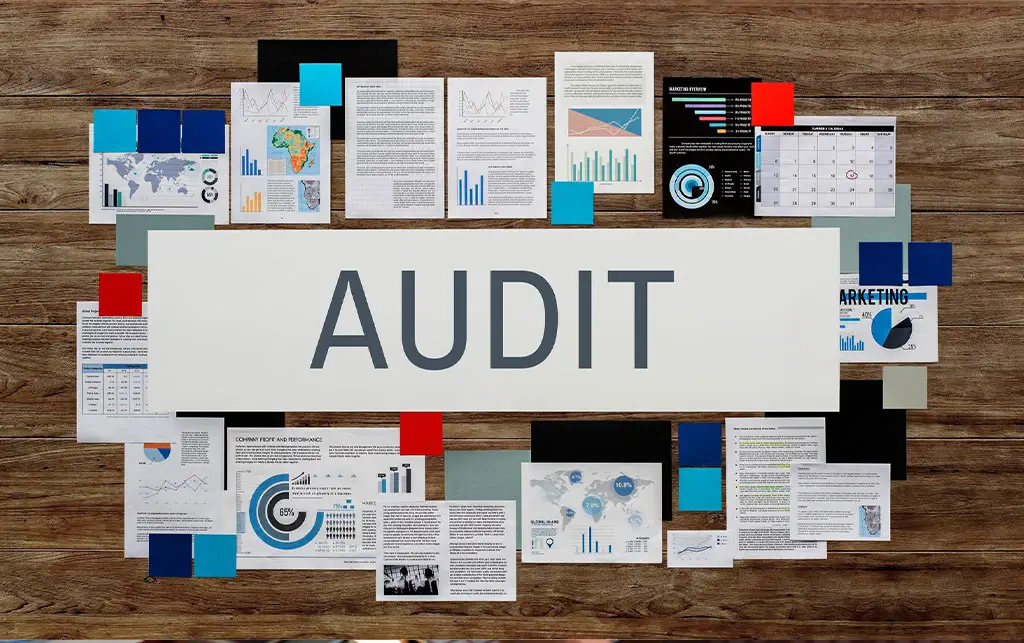Fraud is one of the most serious risks faced by businesses today — regardless of size, sector, or structure. Whether it’s internal embezzlement, misappropriation of assets, or falsified financial statements, fraudulent activity can damage a company’s finances, credibility, and stakeholder trust.
Professional auditors play a critical role in minimizing this risk. Through structured audit processes, forensic reviews, and risk-based evaluations, auditors help detect irregularities and strengthen internal controls — enabling companies to prevent fraud before it happens.
The Role of Auditors in Fraud Detection and Prevention
While auditors are not investigators by default, their procedures are designed to uncover red flags and assess the integrity of financial and operational systems. Here’s how auditors typically help in preventing and identifying fraud:
1. Evaluation of Internal Controls
Auditors assess the effectiveness of internal control systems to identify vulnerabilities. Weak controls often create opportunities for fraud.
They review:
- Segregation of duties
- Authorization and approval protocols
- Access rights to accounting systems
- Inventory and cash management processes
2. Analytical Review of Financial Statements
Auditors perform trend and ratio analysis to detect anomalies, such as:
- Unexpected revenue or expense fluctuations
- Inconsistent profit margins
- Misclassified expenses or inflated asset values
- Round-dollar transactions or duplicate entries
3. Detailed Transaction Testing
Substantive audit procedures include transaction sampling and journal entry testing. This helps uncover:
- Fictitious vendors or employees
- Unauthorized payments
- Related-party transactions not disclosed
- Manual adjustments or override of controls
4. Fraud Risk Assessments
Auditors work with management to conduct formal fraud risk assessments, focusing on:
- Internal pressures or incentives that may lead to fraud
- Collusion risk in decentralized environments
- Opportunities for management override
5. Interviews and Staff Interaction
Walkthroughs and interviews are used to:
- Validate processes and controls
- Identify differences between documented policies and actual practices
- Gauge the ethical tone and compliance awareness across the organization
6. Technology-Driven Insights
Data analytics and audit software tools are used to:
- Analyze high volumes of transactions
- Highlight unusual or high-risk entries
- Automate detection of red flags and exceptions
7. Reporting and Advisory Support
At the end of the audit, businesses receive:
- A report highlighting any detected fraud risks or irregularities
- Recommendations to enhance control systems and prevent recurrence
- Advisory support for implementing corrective measures
Fraud Happens More Often Than Expected
- Asset misappropriation is the most frequently occurring type of internal fraud
- Smaller businesses are particularly vulnerable due to limited oversight
- Many fraud schemes go undetected for extended periods without independent review
Prevention Is Better Than Reaction
Regular audits not only ensure financial compliance but serve as a strong deterrent to potential fraudsters. By identifying control weaknesses early, audits help protect a company’s assets, data, and long-term credibility.



